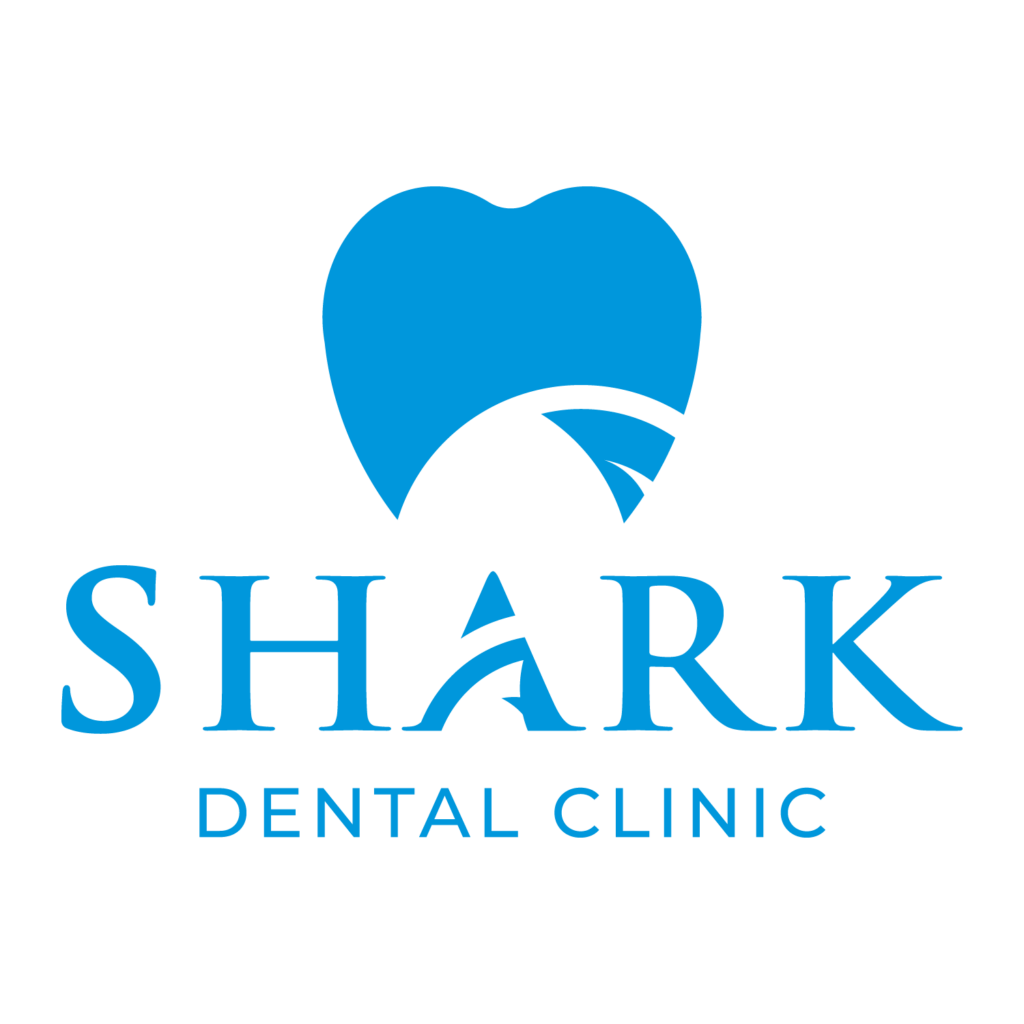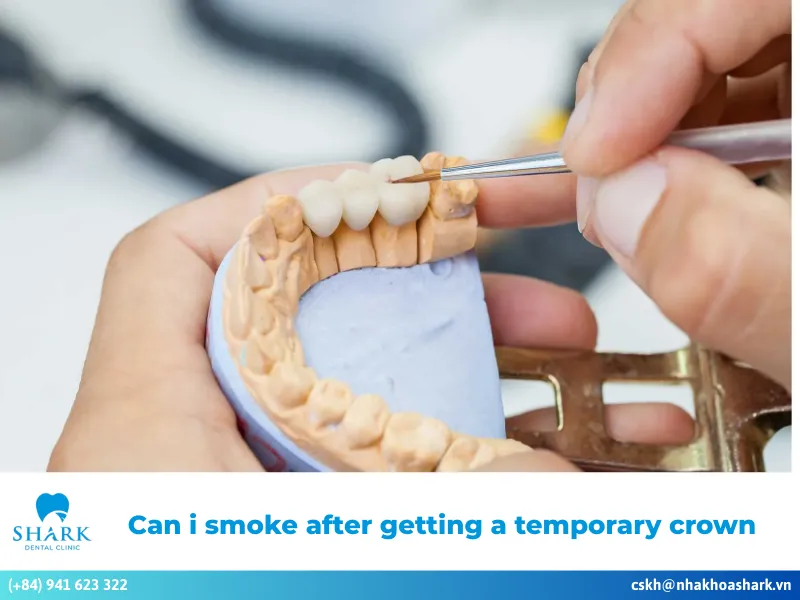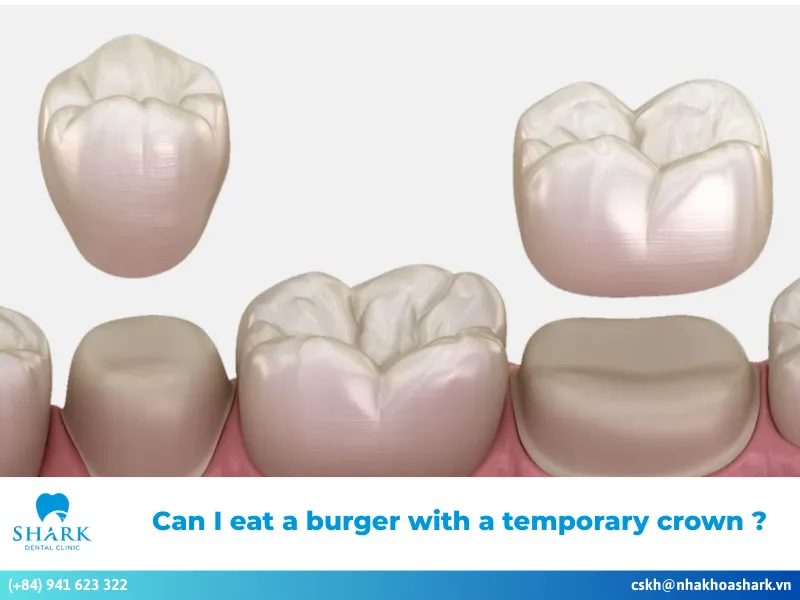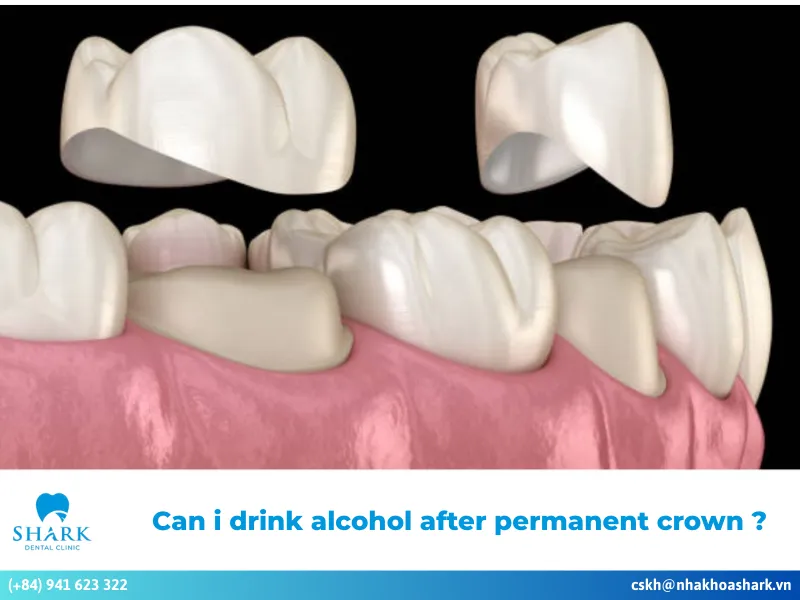Zirconia crowns are considered a premium dental material, crafted from solid zirconia ceramic. They provide outstanding results in terms of both appearance and functional performance. In this article, Shark Dental Clinic will offer detailed information about zirconia crowns, including their notable benefits and drawbacks, as well as the associated costs.
What is a zirconia crown?
A zirconia crown is a type of dental restoration made entirely from solid zirconia ceramic, making it metal-free. This crown consists of two durable layers: a zirconia core and an outer porcelain crown shell. Due to its strong structure, long lifespan, and aesthetic appeal, zirconia crowns are highly regarded in modern dentistry.
Zirconia was first discovered in 1789 by the German chemist M.H. Klaproth. In recent years, zirconia crowns have been widely adopted by dental practices around the world, including in Vietnam, offering an exceptional and safe solution for restoring damaged or missing teeth.

Benefits of zirconia dental crowns
Zirconia crowns have gained significant popularity in the dental field for several compelling reasons. They address many of the limitations associated with traditional crown materials, particularly in terms of aesthetics and performance.
Thanks to advanced CAD/CAM manufacturing technology, zirconia crowns provide numerous advantages:
- Aesthetic Appeal: Zirconia crowns closely resemble the color and translucency of natural teeth, making them nearly indistinguishable. They maintain their appearance over time and resist discoloration and oxidation, even with longterm use.
- Biocompatibility and Safety: Zirconia is metalfree, meaning it does not cause allergic reactions or gum irritation. Its excellent biocompatibility ensures safety for most patients. Furthermore, all zirconia crowns used in reputable clinics are rigorously tested and FDA-approved zirconia materials, providing peace of mind to clients.
- Long Lifespan: Zirconia crowns last significantly longer than other ceramic crowns—up to 20 years. With proper oral care and hygiene, some crowns can even last 30 years or more.
- Orthodontic Precision: Using CAD/CAM technology, zirconia crowns are manufactured with high accuracy—down to the millimeter. This precision eliminates issues like crown misalignment or gaps after placement.
- Exceptional Strength: Zirconia crowns can withstand pressure up to 1200 MPa, making them ten times stronger than natural enamel. This strength allows patients to eat and speak normally after treatment, without restrictions.
- Tooth Preservation: Unlike some traditional crowns, zirconia restorations require minimal removal of the natural tooth structure—typically around 0.5 to 1 mm. This minimally invasive approach helps preserve the integrity of your natural teeth and reduces the risk of sensitivity or trauma during the restoration process.
Given these outstanding qualities, zirconia crowns have become a preferred option in many modern, high standard dental clinics across Vietnam.
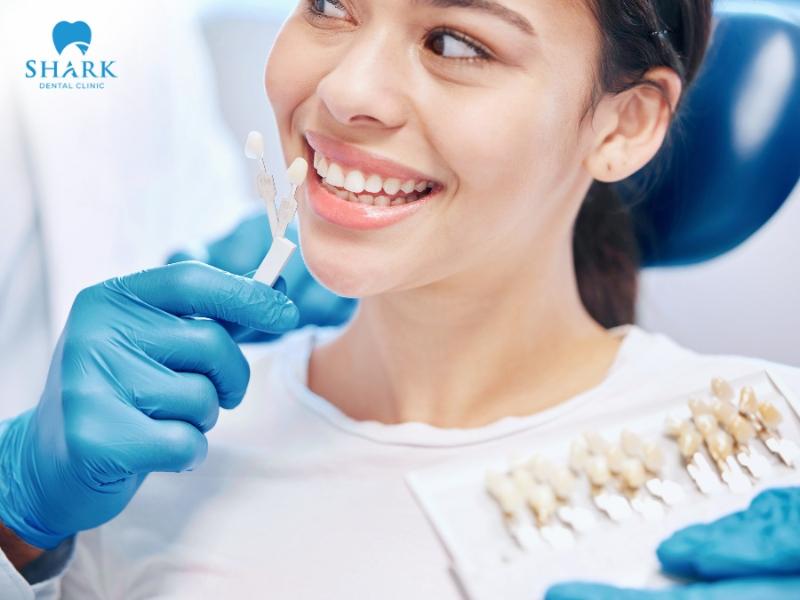
What are the disadvantages of zirconia crowns?
Despite their many advantages, zirconia crowns do have a notable drawback: cost. Compared to conventional ceramic options, the price for a zirconia crown is considerably higher, typically ranging from $152 to $230 per tooth.
While this cost may not fit every budget, the superior durability, biocompatibility, and natural appearance of zirconia crowns make them a wise investment for patients seeking longterm, highquality dental restorations.
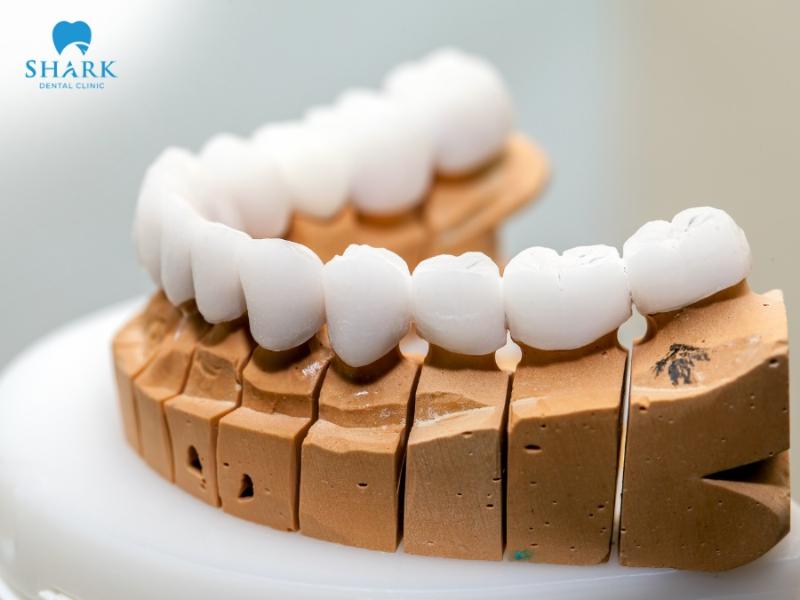
Types of zirconia used on crowns
Many patients are curious about the different types of zirconia used in dental restorations. Here are the two main types commonly used in dental clinics:
- Monolithic zirconia crowns: This high-end type of crown is made from a single solid block of zirconia. It offers excellent durability and longevity, making it especially suitable for molar restorations. However, monolithic zirconia may appear slightly opaque, which may limit its use for visible teeth.
- Layered zirconia crowns: This type provides superior aesthetic results with multiple layers that offer a more natural color and translucency. It is ideal for restoring front teeth. However, it is less durable than monolithic zirconia and may not be suitable for areas subjected to high bite pressure.
Your dentist will evaluate your individual needs and the location of the tooth to recommend the appropriate type of zirconia crown that balances both performance and aesthetics.

How long will a zirconia crown last?
Zirconia crowns typically have an average lifespan of 15 to 20 years, and they can often last even longer if patients follow proper care routines, including maintaining a healthy diet, good oral hygiene, and regular dental checkups. As a premium restoration material, zirconia maintains both strength and beauty over time.
Several factors influence the longevity of a zirconia crown:
- Crown quality: Although zirconia is widely used in dentistry, the risk of counterfeit or low-quality materials is higher. Using crowns from unreliable sources can significantly reduce durability compared to genuine zirconia crowns.
- Dental technique: The skill and experience of your dentist are crucial for the crown’s lifespan. Improper fitting or bonding can lead to reduced durability and complications over time.
- Oral hygiene habits: Daily oral hygiene is essential. Harmful habits such as teeth grinding, nail-biting, or chewing hard objects can shorten the lifespan of your zirconia crown.
- Oral health status: Pre-existing conditions like gum disease, cavities, or gingivitis—if not treated before crown placement—can weaken the foundation and compromise the restoration.
If you want to have strong, long-lasting, and beautiful teeth, it’s essential to receive dental restorations at a reputable and high-quality dental clinic. Additionally, it’s important to closely follow your dentist’s instructions after the procedure and maintain a proper daily oral hygiene routine.
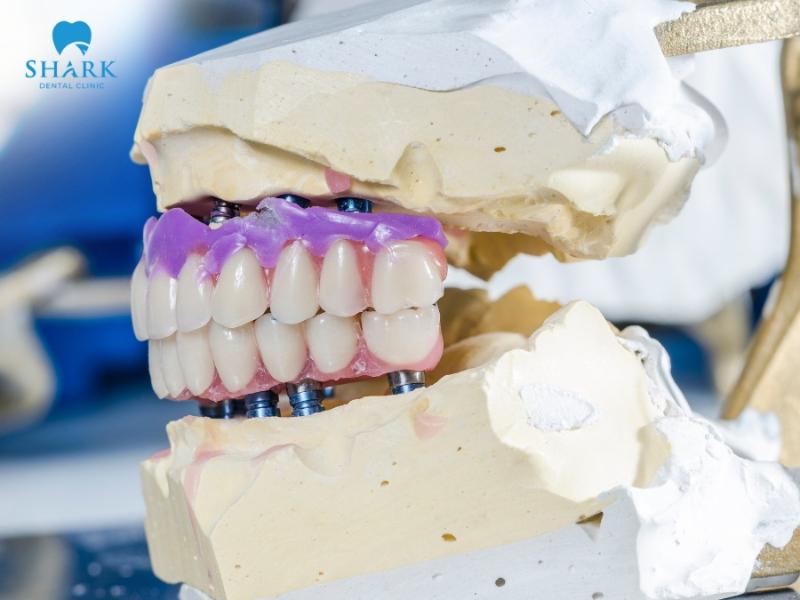
How can you practice good oral hygiene with a zirconia crown?
To maintain the durability and aesthetic appearance of your zirconia crown, follow these recommended care and hygiene practices:
- Daily oral hygiene: Brush your teeth at least 2–3 times a day, especially after meals and before bedtime. Use a soft-bristled toothbrush and brush gently from the gum line outward. Avoid applying too much pressure or scrubbing forcefully on the crown surface.
- Use dental floss instead of toothpicks: After receiving a zirconia crown, switch from wooden toothpicks to dental floss. Floss effectively cleans between teeth without damaging the crown or the surrounding gum tissue.
- Mind your diet: Although zirconia crowns are strong, frequently chewing hard or sticky foods can lead to cracks or damage. Follow your dentist’s dietary guidelines after your restoration procedure.
- Eliminate harmful habits: To prolong the life of your crown, avoid habits like nail-biting, teeth grinding, or chewing on hard objects. These behaviors can not only damage your restoration but also negatively impact your overall oral health.
Make sure to follow your dentist’s appointment schedule, typically every 3 to 6 months. During these visits, your dentist will use professional equipment to assess the condition of your crown and identify any early issues.
They will also examine the margin between your natural tooth and the crown to ensure a precise fit. If any gaps are found, your dentist will perform adjustments to maintain both function and aesthetics. Regular checkups are crucial for the long-term success of your dental restoration.

The information provided offers a comprehensive overview of zirconia crown, detailing their pros and cons, as well as how to care for them. Shark Dental Clinic hopes this article helps answer your questions and gives you a clearer understanding of zirconia crowns, empowering you to make confident decisions for a brighter, healthier smile.


